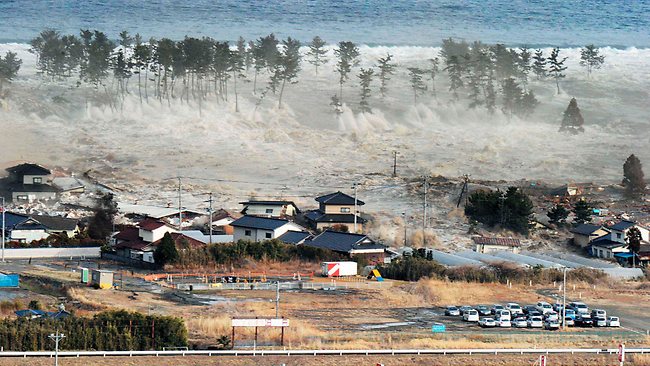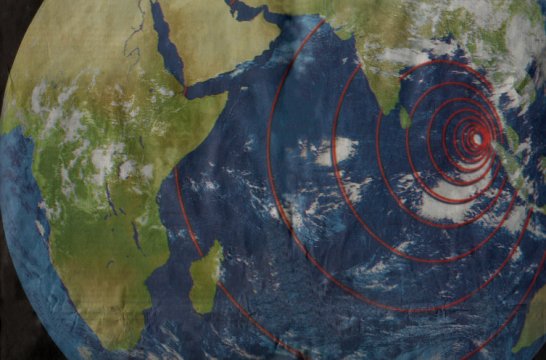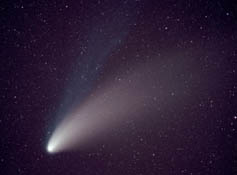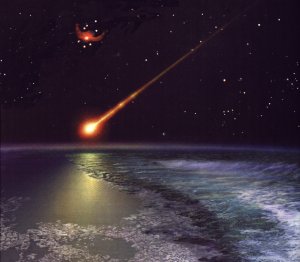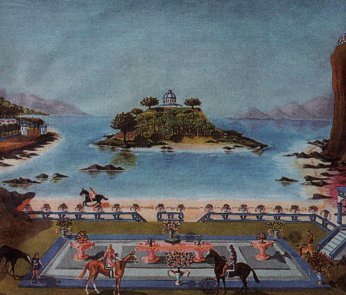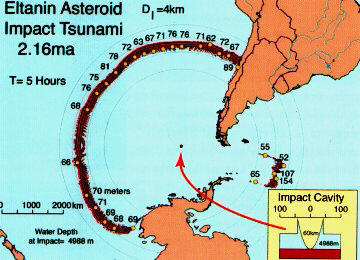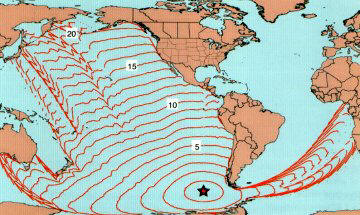Pavel Smutney is a Planet X
researcher from Slovakia. He has proposed that the alignment of the planets,
particularly the conjunction of Venus and the Sun, has a stronger effect on the
Earth's environment than previously suspected. He has looked at the rather
rare Venus transits and thinks he has found a correlation with major
seismic/volcanic activity. There appears to be a 6 month interlude between
the Venus transit and major earthquakes, volcanoes and/or tsunamis.
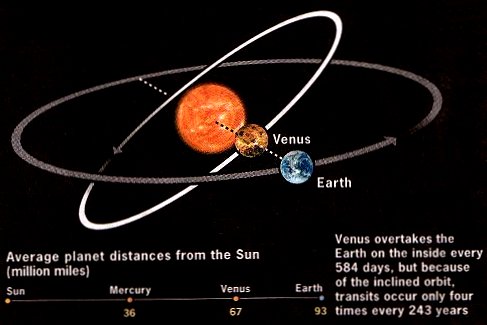
Venus
transits are rare, and tend to come in pairs (6). The current pair occur
during 2004 and 2012. The previous pair occurred back in 1874 and 1882,
then 1761 and 1769, and so on back through history. Venus is our nearest
neighbour, and during this transit, or conjunction with the Sun, is only about
26 million miles away from the Earth. I present here an edited version of
Pavel's explanation of his theory:
"The
earthquake that occurred on 26/12/2004 had very close ties with Venus transit on
8/6/2004. The Earth, Venus and the Sun were on one line, and furthermore this
line pointed toward constellations Taurus ,Orion, Gemini, where the main
gravitational tug from space, closest stars, and nebulas comes from.
"The
Earth's axis is tilted toward those constellations during the present era, and
during that time there was also grouped the inner planets. Additionally, the
Moon was (end of spring, beginning of summer) was in its highest position in the
sky, so its tidal forces were strongest. During the Indonesian earthquake and
tsunami Venus was again in the identical position 7 months before.
"There
was similar catastrophe on 26/8/1883, what happened Less than 9 months after
Venus transit from 6.12.1882, when Krakatoa volcano erupted, accompanied with
earthquakes, tsunami killing 10000 people died.
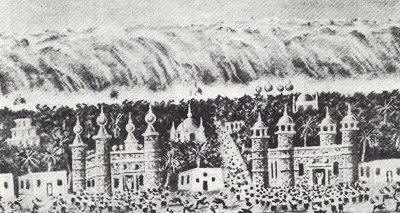
"Such similar super catastrophe had happened in 416A.D. Again, according my
calculations, within 1 year of a Venus transit!
"The next transit will be
6.6. 2012. So what will happen then?
"My calculations are based
upon factors such as the Senmut map, magnetic pole shifts, the accelerating rise
of oceanic water levels, and the configuration of positions of planets on their
orbits (there should be Planet X in perihelia in 2012, too), and the Mayan
calendar speaks about global cataclysm in 2012 as well. On my web-pages I have
argued that Venus significantly influences the heights of tides, which are
caused mainly by Moon and Sun. This was also proved by Chinese scientists
after measurements on their big rivers. If one looks at records of tides from
various places on northern hemisphere from last year data reveals the same
pattern." (7)
This is an interesting idea,
although it needs more data points. Were there other recorded disasters
occurring within 6 months of an historic Venus transit. In 1882, French
and German scientific teams dispatched by the U.S. Naval Observatory to observe
the Venus transit, "recorded a strange oscillation - the shockwave caused
by the explosion of Krakatoa in Indonesia" (6). Is there a connection? Can
we expect further trouble in 2012 when Venus once again lines up with the Sun?
Written by
Andy
Lloyd,
28th December 2004, and updated 24th March, 30th June 2005; 12th
March & 10th July 2011
author of 'The Dark Star'
(2005), 'Ezekiel One'
(2009), 'The Followers of
Horus' (2010) and 'Darker Stars' (2019)
Published by Timeless Voyager Press
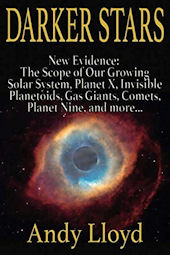
 Darker Stars
Darker Stars
References:
1) R. Grieve in Ann NY Acad Sci, vol 822,
p338, 1997; Kyte et al. "New evidence on the size and possible
effects of a late Pliocene oceanic impact", Science, 241, 63-65, 1998
pubmed.ncbi.nlm.nih.gov
article
2) Steven Ward & Eric Asphaug "Asteroid
Impact Tsunami - A Probabilistic Hazard Assessment", Icarus, May 2000
pmc.ucsc.edu/~ward
paper
3) Steven Ward & Erik Asphaug
"Impact Tsunami - Eltanin", Deep-Sea Research Part II: Topical
Studies in Oceanography, 49(6): 1073-1079
asu.pure.elsevier.com article
4) U.K Government "Report of the Task
Force on Potentially Hazardous Near Earth Objects", p18, British National Space
Centre, September 2000
spaceguardcentre.com full_report
5) Madhusree Mukerjee "The Scarred Earth"
Scientific American, 292(3): p8-10, March 2005
drtulsian.com article
6) T. Radford "It is 6.19am, a black spot
transits the Sun...and Venus lovers are in heaven" The Guardian 5 June
2005, p13
theguardian.com article
7) Correspondence from
Pavel Smutný, June 2005,
8)
Mensur Omerbashich "Astronomical alignments as the cause of ~M6+
seismicity" Submitted on 11 Apr 2011
arxiv.org/abs/1104.2036
Scientific Index



